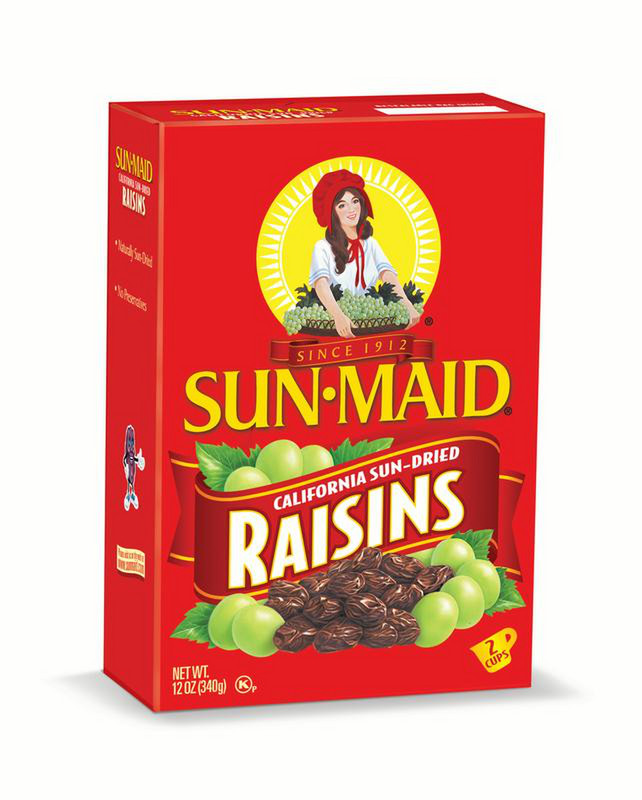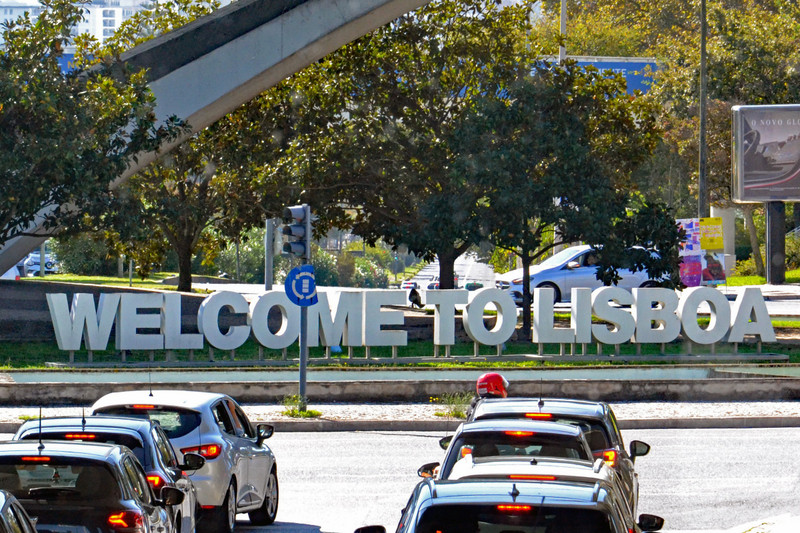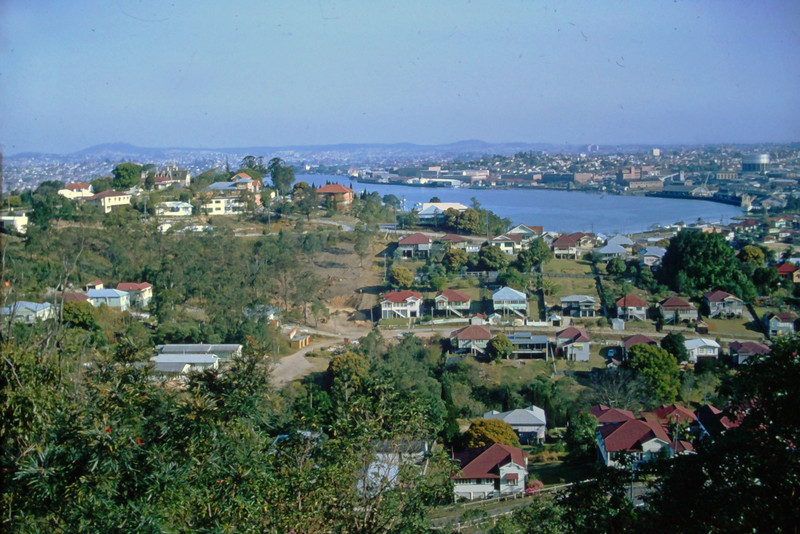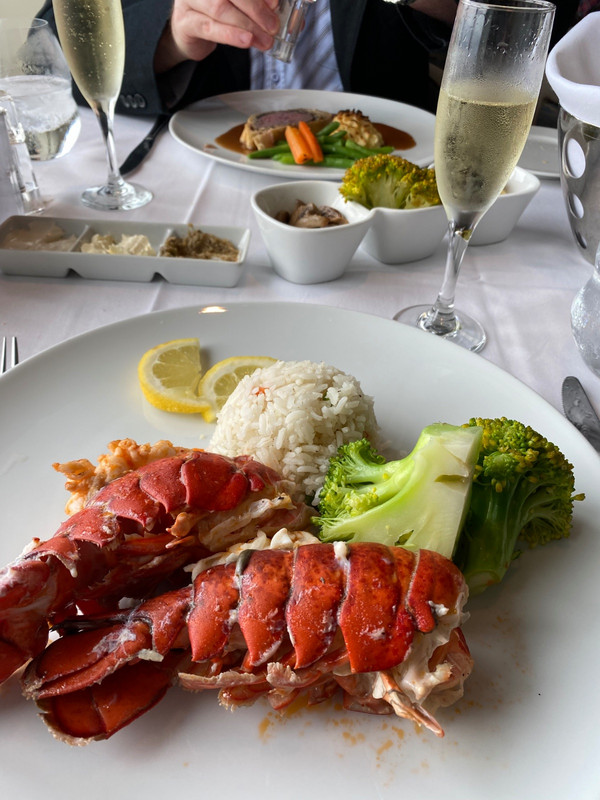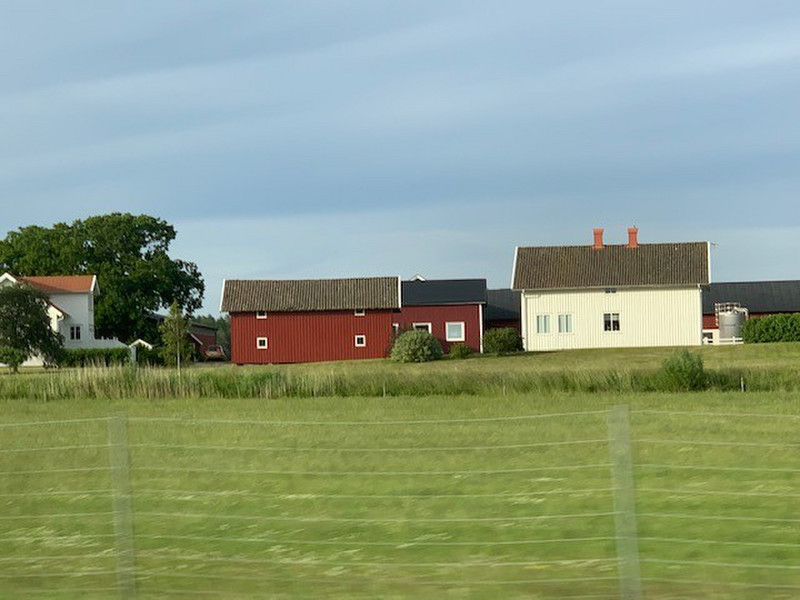From NPR: During the Depression, the federal government began a reserve program meant to stabilize raisin prices. Each year, a board of raisin producers would meet and decide how much of the overall crop should be set aside for a reserve, with the raisins used for charity, government programs, or export. The program worked for decades, until in 2003, a pair of raisin growers charged that it amounted to an unconstitutional taking of their property The government responded that the farmers were free to sell grapes for wine, instead of raisins, and so there was no taking of property. In 2015, the Supreme Court sided with the dissenting growers. Chief Justice John Roberts wrote that the governments let them eat wine argument was probably not much to the raisin growers than similar retorts have been to others throughout history. Perhaps you are not from the great San Joaquin Valley, and need some raisin basics? Here you go. When we were kids, we had to work on my Uncles farm. We hated it, but eventually realized its importance. My Father was not a farmer, but owned some farmland. From about junior high, my brother and I worked
on the farm, eventually helping us get through college. Here is a simple, basic lesson for making raisins. When the optimum sugar content is reached (Brix method), grapes are picked by hand, and placed on a paper tray (about 20 pounds) between two rows of vines. Sun drying is the least expensive method. Each row is scraped to angle toward the noon day run to optimize drying. About two to four weeks are required for drying, to a moisture content of 15%, and most of the grapes have turned to brownish purple. The paper trays are rolled, and later collected during a process called boxing raisins, though large pallet sized bins are used today. From here, they head to a processor, assuming no further work is necessary due to mildew or other infestation. It is dirty hard work, form beginning to end. The is a HUGE factor in making raisins. On our family farm, the raisins were trucked nearby to our cooperative, Sun Maid Raisins, also in Kingsburg. process raisins as well, including my brother works for. There, the raisins are cleaned and washed before placed into retail sized packages. Bulk processing and packaging
are done for sales to bakers, overseas buyers, and special uses. These days, creative things are being done to the raisin, such as coating with chocolate or yogurt, as well as new, tart flavors designed for younger consumers. But back to the Thompson seedless grape used to make the best raisins in the world. It was brought from a nursery in New York and planted by William Thompson in Marysville, CA. He propagated the cuttings, and gave some to his neighbor, John Onstott of Yuba City. the cuttings. shipping over two million cuttings in 1892. Most went to the San Joaquin Valley. Today, raisin farms are being converted to almonds, and pistachios. The day of the raisin farmer appears numbered. is another factor, with countries such as Turkey a on the world market. Perhaps it is the end of another chapter in Valley farming?
